Graphic photos of the shotgun wounds that killed Ahmaud Arbery were front and center at the trial of his killers and accomplice to that slaying, this week, as the court proceedings got under way. Jurors heard the defendant’s testimony of why they followed and eventually killed, without provocation and unarmed black man. The AP has original story:
The trial of father and son Greg and Travis McMichael and their neighbor William “Roddie” Bryan wrapped up its first full week of testimony
BRUNSWICK, Ga. (AP) — Jurors in the trial of three white men charged in Ahmaud Arbery’s killing saw graphic photos of the shotgun wounds that killed him.
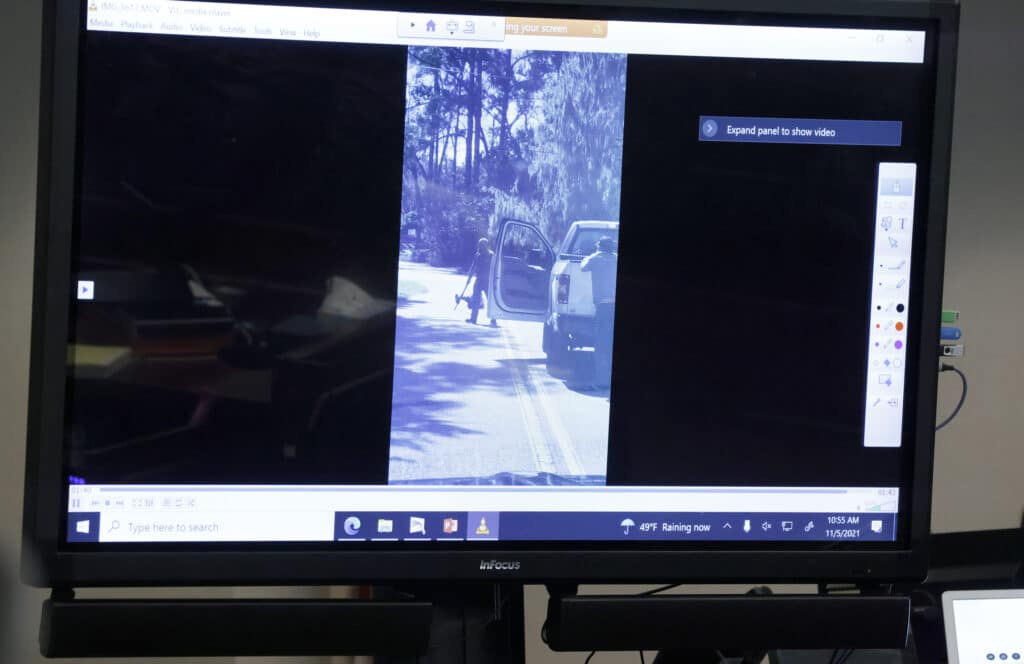
They heard a defendant’s description of having the 25-year-old Black man “trapped like a rat” during the five-minute chase that ended in his death. And they heard the men’s explanation for thinking Arbery was suspicious, and possibly armed.
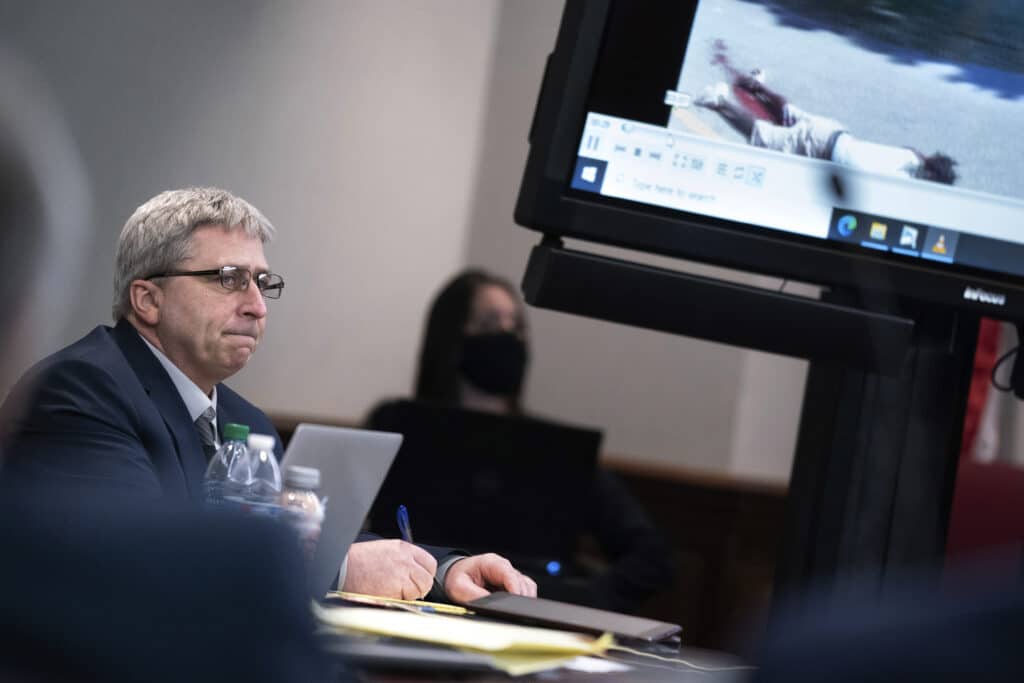
The trial of father and son Greg and Travis McMichael and their neighbor William “Roddie” Bryan wrapped up its first full week of testimony Friday. Each is charged with murder and other crimes in the death of Arbery, who was fatally shot last year after he was spotted running in the defendants’ coastal Georgia neighborhood.
Bryan’s cellphone video of the shooting dramatically raised the killing’s profile, making it part of a larger national outcry over racial injustice.
The trial is expected to continue through at least next week. Here are some key moments so far.
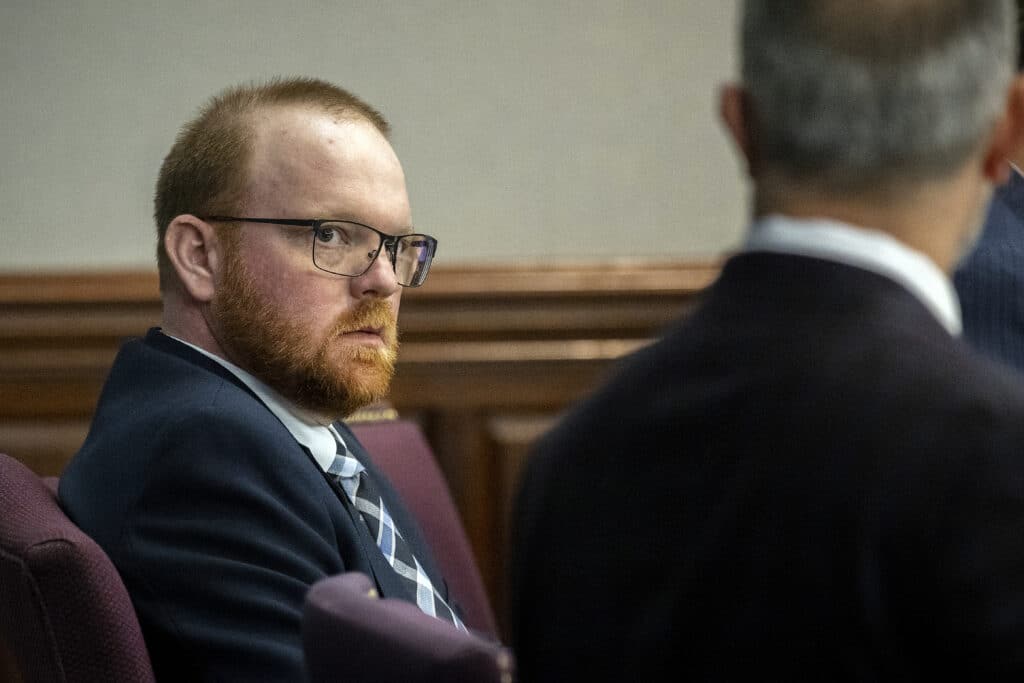
GRUESOME IMAGES
Several jurors squirmed when a Glynn County police investigator walked them through dozens of crime scene photos of Arbery’s body as it lay in the street where he fell dead after being shot three times on a Sunday afternoon in February 2020. They included close-up images of shotgun wounds to his wrist and grievous injuries to his chest and underneath one of his arms.
Arbery’s mother remained in the courtroom throughout the presentation, while his father stepped outside before it began.
SHIFTING SUSPICION
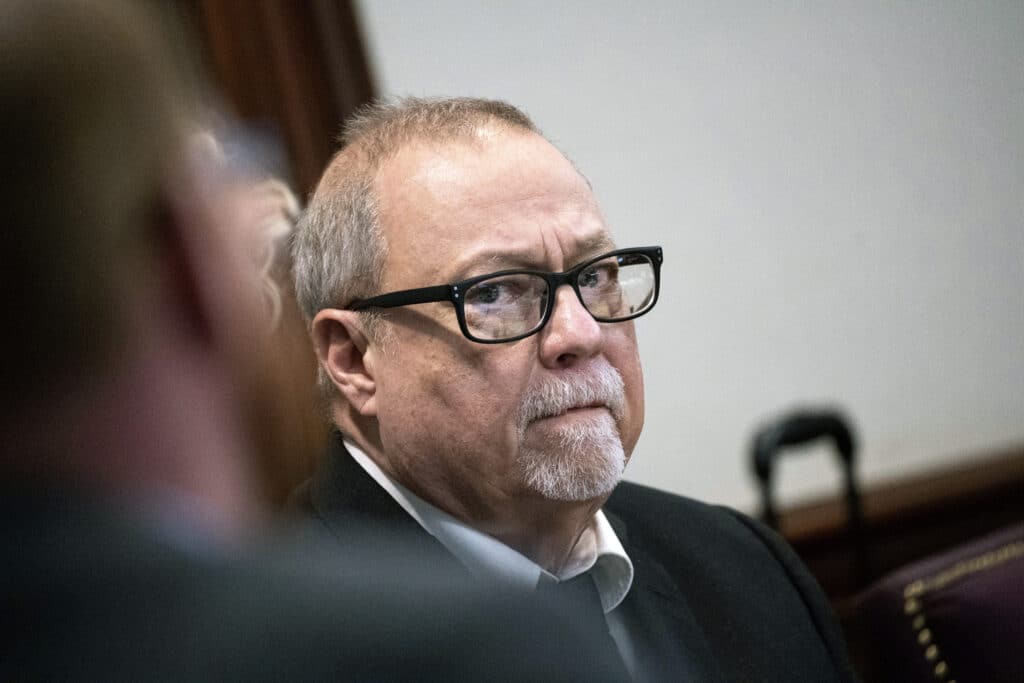
The jury heard from two police officers about Greg McMichael changing his story on the day of the shooting, when asked why he initiated the deadly chase.
Officer Jeff Brandeberry said McMichael told him at the scene that Arbery had been recorded by security cameras “breaking in all these houses out here.” Later that day, McMichael told Detective Parker Marcy that Arbery had been recorded inside a single home — one that was still under construction, with no doors or windows. He noted there had been other break-ins in the neighborhood, and “logic tells you this guy may be the one that’s doing it.”
Prosecutors say there’s no evidence Arbery took anything from the unfinished home.
‘INACTIVE’ INVESTIGATION
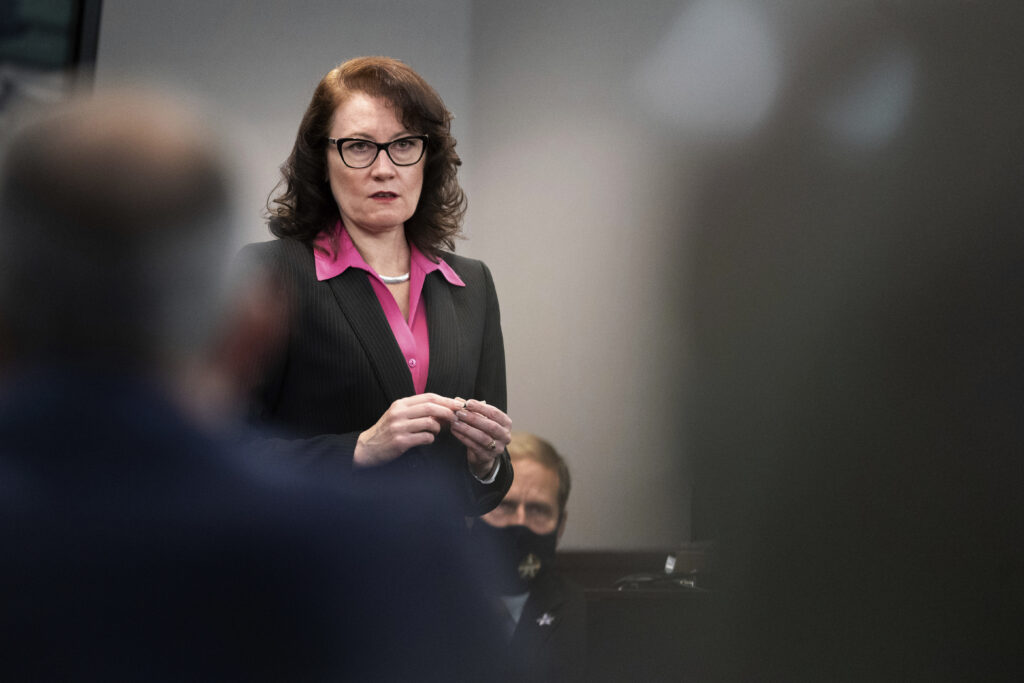
Prosecutors have called to the witness stand eight officers who took part in the initial investigation by Glynn County police — which ended up making no arrests in the case. Arbery had been dead for more than two months when the McMichaels and Bryan were charged with murder. That happened only after the video of the shooting leaked online, and the Georgia Bureau of Investigation took over.
Stephan Lowrey, the lead county investigator in Arbery’s killing, testified that he hadn’t closed the case before it got handed to the bureau. “It was still open but not getting much traction,” Lowrey testified. He added: “I think ‘inactive’ was a fair summary.”
‘TRAPPED LIKE A RAT’
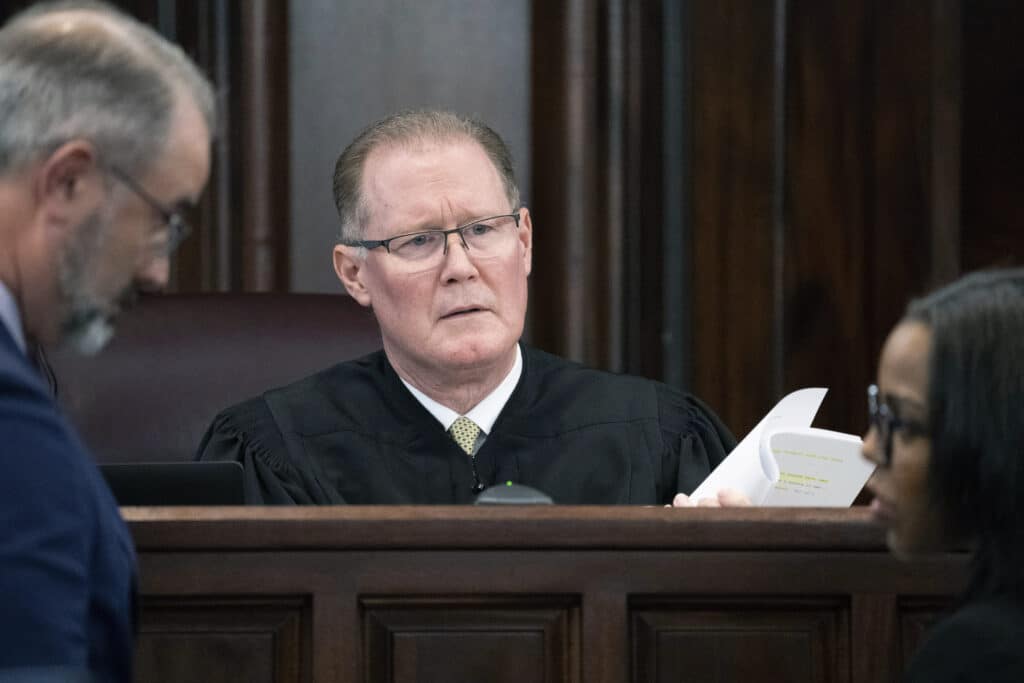
Glynn County investigators testified that on the day of the shooting, both Greg McMichael and Bryan described using pickup trucks to prevent Arbery from fleeing the Satilla Shores neighborhood, named for the Little Satilla River that flows past its homes on Brunswick’s edge.
McMichael said he wanted the running man detained until police could arrive and question him. “He was trapped like a rat,” McMichael told police Sgt. Roderic Nohilly.
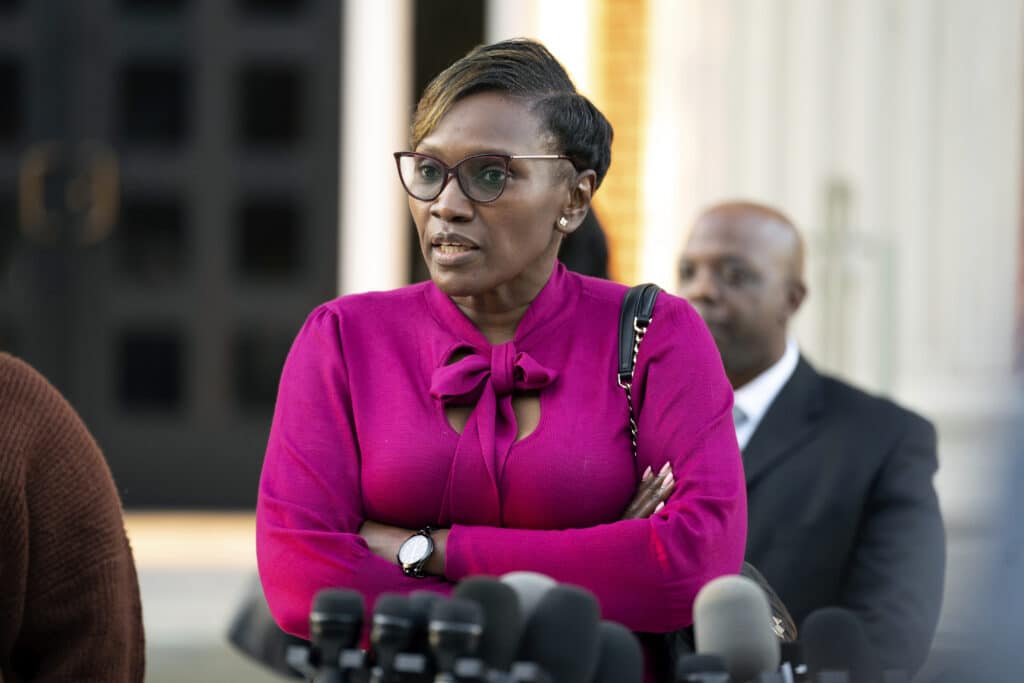
Bryan said he joined the pursuit without knowing Arbery, the McMichaels or why they were chasing him. Lowrey testified that Bryan several times mentioned maneuvering his truck to edge Arbery off the road, though the investigator said none of the actions Bryan described struck him as a serious crime.
“I didn’t hit him,” Bryan said. “Wish I would have. Might have took him out and not get him shot.”
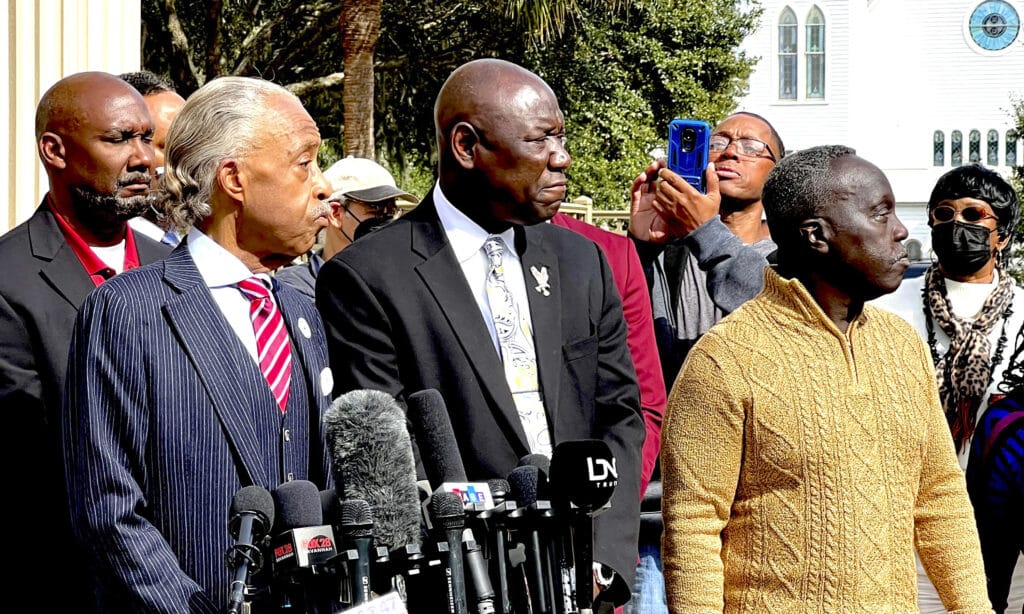
A WITNESS, NOT A SUSPECT
Lowrey also told Bryan’s attorney, Kevin Gough, from the witness stand that he considered Bryan to be a witness to the shooting. Asked by Gough if he thought Bryan committed aggravated assault or any other felonies with his truck during the chase, the investigator replied: “No, that wasn’t the way I interpreted it at the time.”
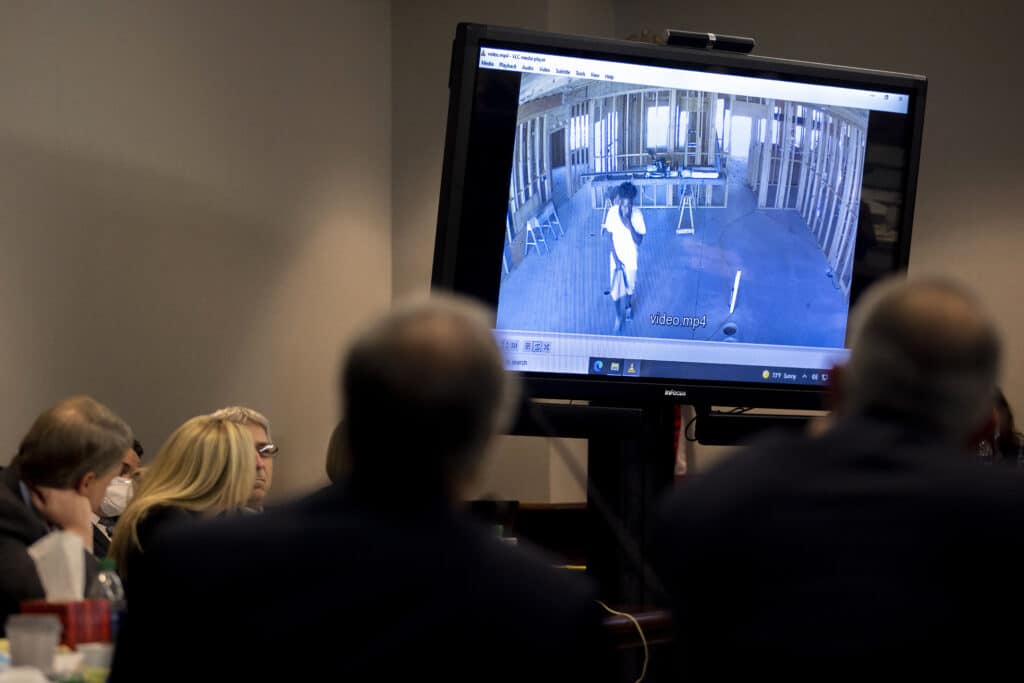
Meanwhile, Glynn County police Officer Robert Rash noted that 12 days before Arbery was shot, Travis McMichael reported seeing him trespassing in the neighborhood. McMichael told police Arbery reached toward his pocket as if reaching for a gun. Rash’s body camera video showed him searching that night for Arbery with a flashlight and his gun drawn.
“So, it’s standard procedure when you’re going into a possibly armed situation to be sure you have your gun ready, for your protection?” Robert Rubin, one of Travis McMichael’s attorneys, asked the officer. Rubin added: “Travis McMichael has a right to carry a gun. He has a right to protect himself.”
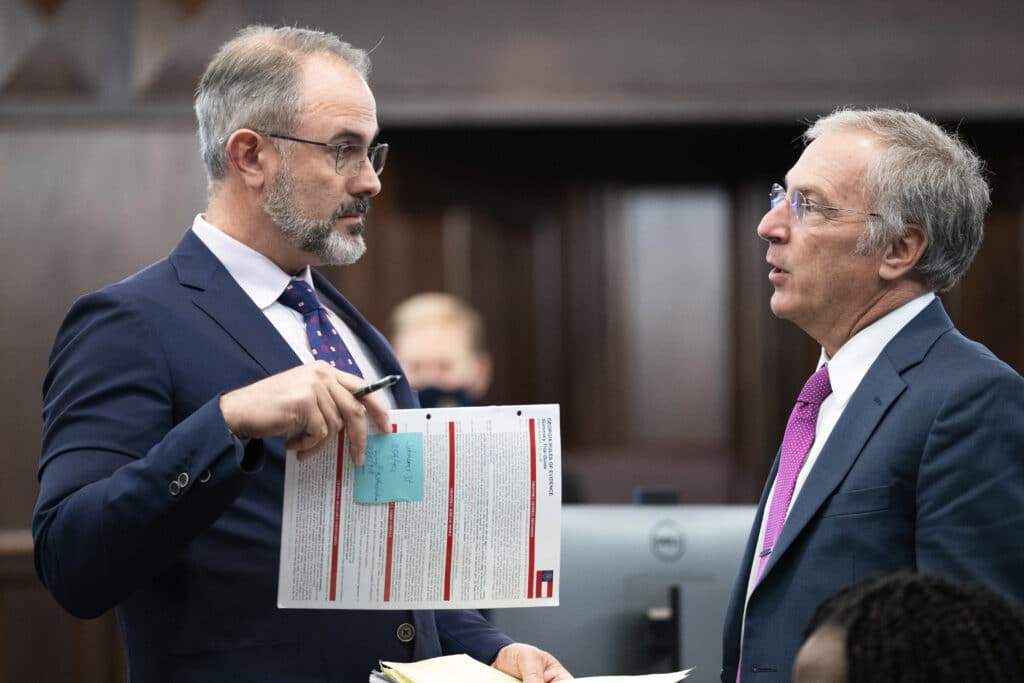
OBJECTION OVER SHARPTON
The Rev. Al Sharpton visited the Glynn County courthouse to pray with Arbery’s parents outside and then joined them in the courtroom to hear some of the trial testimony.
The civil rights activist’s visit upset Bryan’s attorney, Gough, who told the judge he believed Sharpton was trying to influence the jury.
“Obviously there’s only so many pastors they can have,” Gough said. “And if their pastor’s Al Sharpton right now that’s fine, but then that’s it. We don’t want any more Black pastors coming in here.”
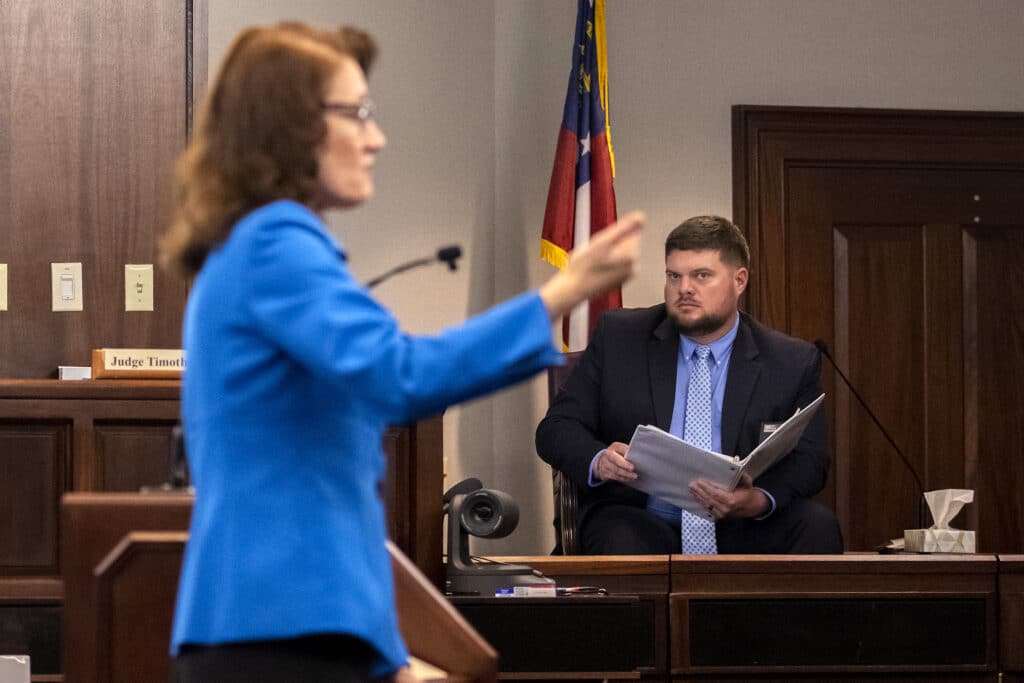
Sharpton shot back that Gough’s comments showed “arrogant insensitivity” to Arbery’s family.
There was no ruling from the judge, as Gough made no formal motion to exclude pastors from court.
By RUSS BYNUM






